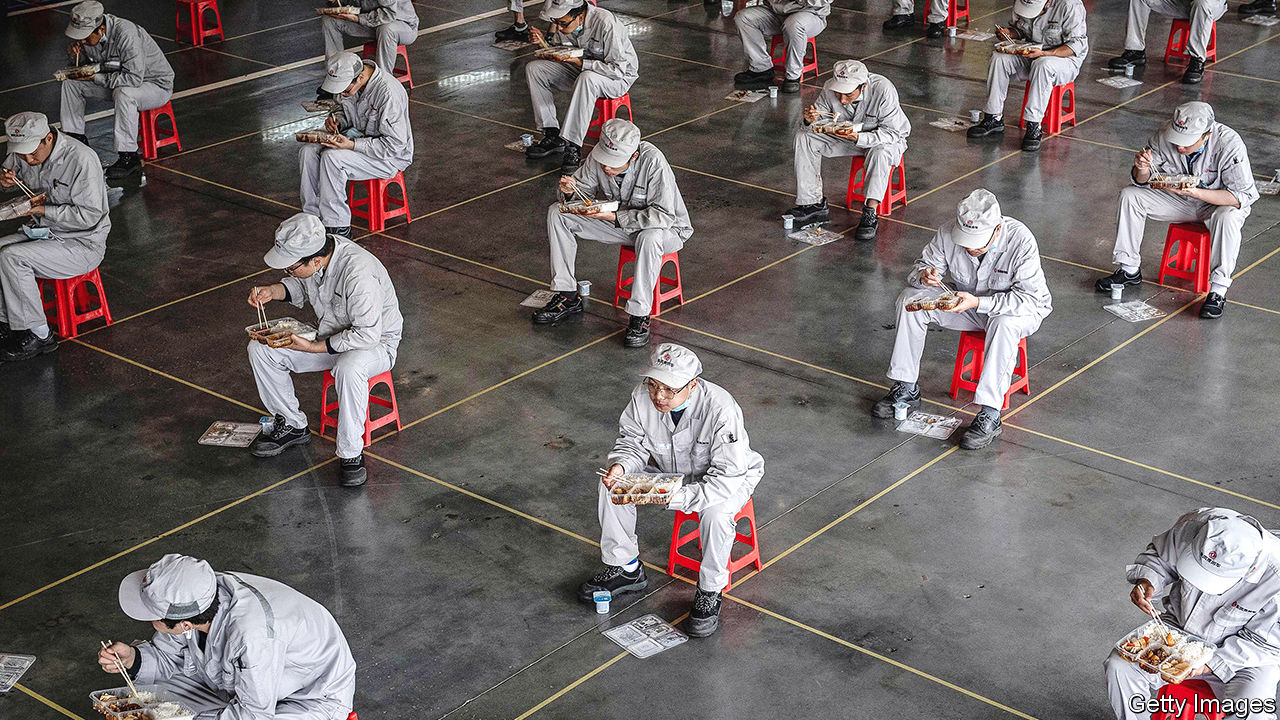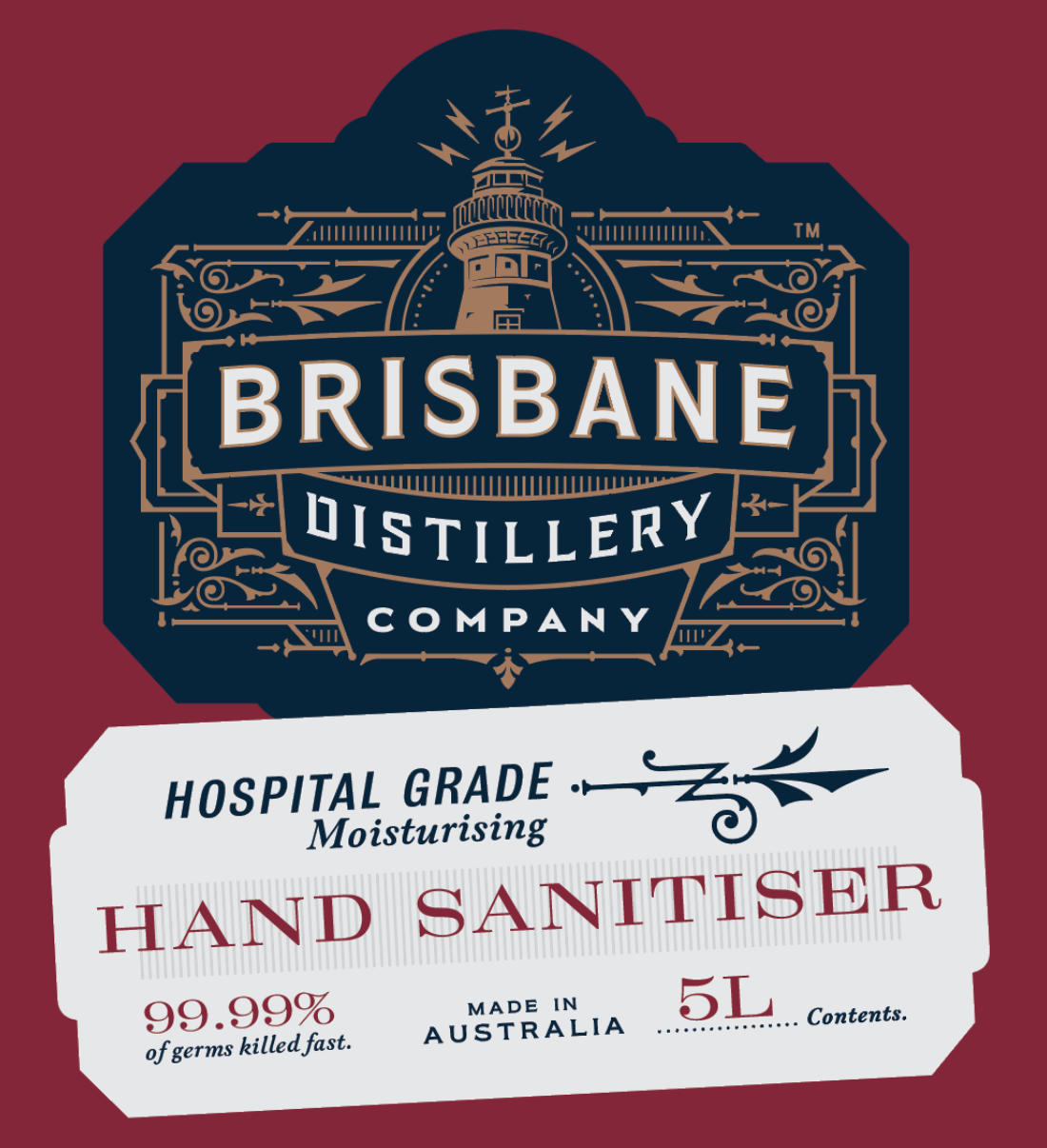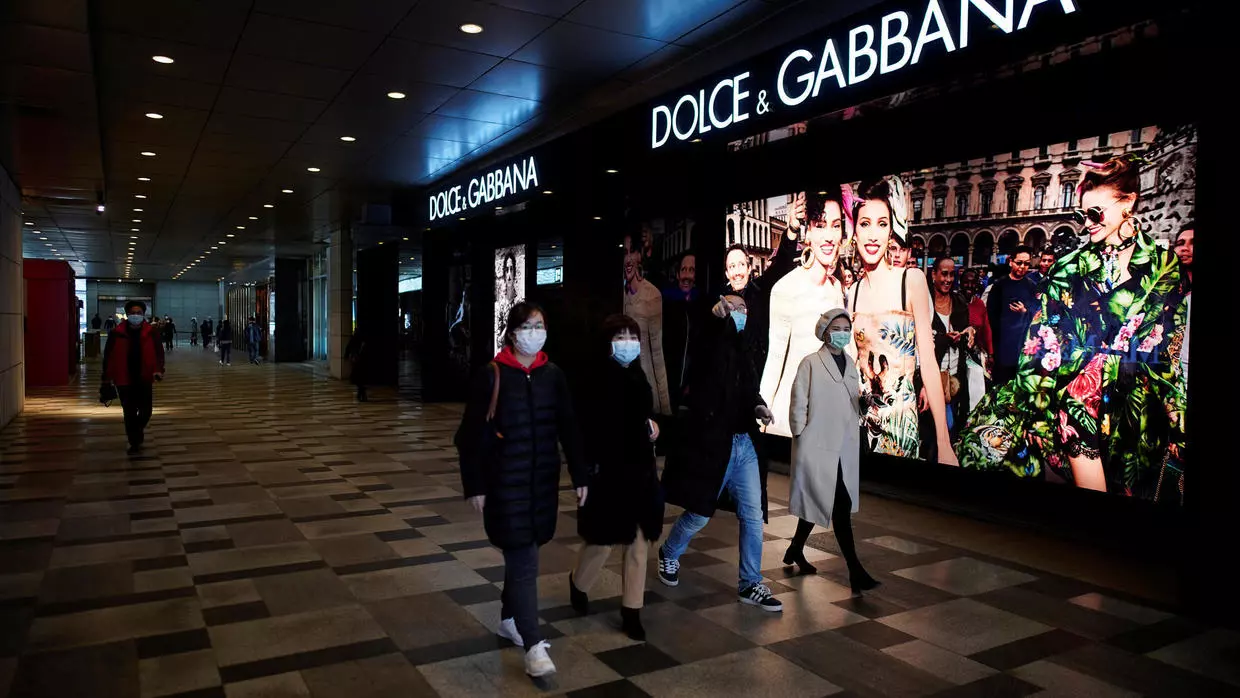As April becomes May and the seasons warm, or cool, around you, there is no corner of the globe that has not yet become affected by COVID-19. In business, we are in a time not seen in at least 100 years, when it is a health crisis—not an unhealthy economy—threatening to bring our markets to their knees.
今天,我们试图做一个智慧的事情h the help of our own Shopify Plus experts around the world. Dan Ross (head of revenue, North America), Shimona Mehta (head of Europe, Middle East, and Africa), and Shaun Broughton (head of Asia-Pacific) join us from Toronto, London, and Sydney to discuss concerns like cash flow, what sectors are faring better or worse than others in their region, and what will signal recovery for businesses across the planet. “If we look at history, we made it through the Great Depression,” says Broughton. “We've made it through World War I. We made it through World War II. Economies bounced back, and they will bounce back again.”
Watch the highlights of our chat below, and scroll down for our experts’ full insights beneath the video.
*****
Shaun, let's begin with you, because certainly much earlier this year COVID-19 prompted a sense of greatest urgency first in your region. What are the concerns unique to businesses in your part of the world that you've observed during this crisis, and how are companies moving to address them?
Broughton (APAC):As everyone knows, Asia was ground zero for the COVID-19 issue that we're all facing. Some countries are handling it well, and some are just starting to address it.
The one commonality amongst all of it, though, is the importance and the place that China plays within everyone's business in Asia—being either the manufacturing hub or an extremely large trading partner. I’m seeing a lot of companies now talk about looking at the supply chain and how they diversify that to relieve some of that reliance on one location. There's a lot of countries, emerging countries within Asia, that have those capabilities—be it Vietnam or Indonesia.
I think we'll see strategies like that start to get a lot more focus where production lies.

Mehta (EMEA):In Europe, if you're a merchant and you're online, you are by default a multinational company, shipping across country lines. Right now, with lockdowns happening country by country, the biggest pivot and challenge that organizations are having is fulfillment and shipping logistics. From day to day, their carrier could change overnight, whether it's availability or rates, their access to warehouse workers, [or] where their inventory is.
So they are having to solve for this in two different ways. One is a lot of them are really focusing on simplifying—narrowing down on a few keySKUsthat they can really focus on and can try to consolidate everything into one space. But the other is being ready to be nimble and to pivot very quickly. And so a lot of their time right now is really spent on: Wake up in the morning, understand what happened in the world overnight, what carriers are available, what they can fulfill, and where do they actually need to reach out to consumers in an authentic way.
Ross (AMER):What's unique with North America is the concept of having a bit of a heads up and seeing the leading indicators—what else was going on in the world. There's been a lagging impact that took a little bit longer, a few extra weeks, to hit North America.
Some of the merchants in North America had a bit of a running start in re-prioritizing. We saw examples of companies that really had zero online strategy or online revenue. Businesses are doing all types of things to stay relevant and successful right now. We've seen strategies like a greater adoption of click and collect, or bringing offline brand experiences onlinethrough things like 3D and augmented reality, or many companies usingecommerce automationto pick up the operational slack. Whatever it may be, what has been the most impactful pivot that you have seen from a business in your geography?
Mehta (EMEA):I've seen some really great innovation in the luxury space. They've traditionally relied heavily on the offline product experience that they're able to create for their customers. And so those that are pivoting quickly to try and create that similar experience online are really winning.
Chupiis a great example. They're a fine jewelry retailer out of Ireland, and they're actually now booking online digital consultations for engagement rings. So for all of those COVID engagements that are going to happen for people isolated together, there's an opportunity to still consult with a jeweler and to design your perfect ring and to be able to place that order. They've also done a really great job of incorporating video right into their product pages so that they can really highlight their pieces.

Ross (AMER):Some have been the way that they use technology. Think of all the restaurants that have had to close their doors, and how quickly they designed some sort of online or curbside pickup functionality to try and make the most of their brand and the way that they connect with their community.
But then there are entire business shifts going on as a result of the way that restaurants are closing. Think of the wholesale use case, where large suppliers that really depended on those restaurants to purchase their food, their high-end produce and meats. Whether they're selling to restaurants or hotels, a lot of [suppliers] have created new business models to go direct to consumer and are now using their online strategy to offer the same food and beverage products that they were selling before—but go directly to the consumer.
Broughton (APAC):Like any hard situation like this, we're seeing a lot of innovation and people being very creative. A good example isBeginning Boutique. They stopped and pivoted, andstarted creating clothing for nurses and doctors, which obviously there’s a large need there.
They spun up an entirely new vertical that they're in now—doing business within 10 days, which is rather impressive. Then they reached out and looked at partnerships and what made sense for them. They had a close relationship withBrisbane Distillery, who had pivoted and started making hand sanitizer. The ability for some companies to really quickly change their manufacturing and focus on these needs to get them through this time is rather inspiring.

Something as fundamental as liquidity is becoming more paramount, and is perhaps among the most important considerations for all companies right now. What are the most pressing concerns relative to cash flow that businesses in your region are facing?
Ross (AMER):It's a tough balance right now. Businesses are obviously trying to really protect their revenue. What's happening is you have merchants that are now facing a market that is changing almost daily—[it’s] very hard to predict. The data that they might have access to, the buyer and consumer trends that they might've seen in the past, might not be what they're predicting to go forward.
So there's an appetite to do a lot more experimentation, try different things and see where their market might've shifted. But they're trying to do that in a way while reducing costs at the same time. And that's tough. Where we see a lot of conversations right now is, “It's not the time to have legacy software. It's not the time to be dependent on an army of developers andIT[staff].” They're looking for speed, agility, and reliability.
Broughton (APAC):A lot of it really comes down to stock. Either merchants have way too much or have none. It's very few [of them] that are sitting with a model working perfectly.
It's the end of summer here. A lot of brands that normally would move into their end of summer sale period, they've got that hurdle to get over—the influx of cash that they would normally get right now at this time of year. There's an innovation happening there.
There's a brand down here in Australia which sells globally. They obviously can't sell to that global market right now. So they ran a sale through an ecommerce offering rather than an onsite offering. Normally, they would spend $40,000 to rent out a venue. [Instead], they spun up an online warehouse sale within four or five days, and were able to capture even more than they normally would through that offering.
Mehta (EMEA):Stock absolutely is the challenge. We look particularly at legacy retailers that have relied heavily on theHigh Streetas their primary sales channel up until this point and had not yet prioritized implementing anomnichannel approach and strategy. They have no cash flow because they have shut down potentially hundreds of stores and need to figure out, very quickly, how to get transactional again.
And so they're coming to us, asking to help them get up and running and transactional in a matter of weeks, not months. So right now it's a rush to help them to make really fast decisions, help them to prioritize, and, in most cases, help them find the right partners—both in technology and on theagencyside—to provide the expertise that they need to make those decisions and get up and running quickly.
当然,这种crisi没有统一的方法s is impacting businesses. So I wonder if we can look at two sides of the same coin with this question here. In your region, what types of businesses are being harder hit than others? Conversely, what types of businesses are faring better than you might think?
Broughton (APAC):Tourism is obviously decimated. That's a bit of a no-brainer. The ones that are doing well are more [in] the food and beverage side. The challenge, and where I'm seeing some innovation, is around creating the website. [That part] is actually not that hard. Taking orders is not that hard. It's going from the kitchen to the front door, or the refrigerator to the front door, that's hard. Figuring out those logistics, and the partners you need to do that—that's where people are really starting to invest and innovate. I'm seeing some partnerships with cab companies, because obviously the cabs are rather quiet right now.

I'm excited to see the longer tail of this, and for that innovation to stick around and play out in the market for a lot of these companies [that are] diversifying even their own offerings. Selfishly, I'm keen to see us figure that out a bit. Australia is a large country. It's [not as big as] the United States of America, but it's only got 26 million people. So it's really hard to get economies of scale within the country. So I'm selfishly keen to see a lot of this play out in the longer term for countries like Australia.
Mehta (EMEA):The ones that we're seeing feel the most pain are the ones that have put off digitizing up until this point. They are feeling the pain now of not diversifying both their sales and their marketing channels, and they've lost, as Dan called it earlier, that importance of being nimble and being able to pivot quickly. They don't have that right now, and they're trying to make those decisions under a lot of stress and duress.
The ones that I think have been a really great news story to see are those organizations that are finding a way to think big picture and long term here. They're potentially pivoting and figuring out a way to provide face masks or other personal protective equipment. We've seenmultiple examples of that through our own merchants,思考我们的社会的健康and figuring out a way to prioritize that over anything else. Them thinking long term, and really telling an authentic story about why they exist, are going to help them really succeed as we come out of this.
Ross (AMER):I've been a little bit surprised on how luxury apparel fits both ends of that. They were hit really hard. There was an absolute sprint. I think it escalated faster than anyone would have predicted—the whole [change to] work from home shifted all kinds of behaviors. And that was probably the first industry that we saw get hit hard with revenues right away.
But it's not the one I would have predicted to show recovery as quickly as it has. People are working remotely, the way we are [talking through video] now. We've had more than a couple of merchants make a similar joke that they're selling a lot more shirts and tops lately, but they're not selling any pants. But there definitely seems to be some appeal with apparel again.
Let's talk a bit about the longer-term things companies are going to be taking away from this crisis. Maybe it's the need to broaden supply networks, ortightensupply networks, or it could be a re-evaluation of what channels that companies choose to reach their customers through. What has been the most fundamental learning from businesses in your region during COVID-19?
Ross (AMER):It [has been] just a good reminder of some of the fundamentals of business, things that they already knew—capturing data, using technology as a strategic advantage.
What's the cliché, “Success is a bad teacher”? Some of our merchants unfortunately are saying that things were going really well, [but] they procrastinated on some of the projects in the way that they use data, the way that they diversify their revenue in different revenue streams. When things are going really well, it's easy to put off projects like that. This has been a bit of a harsh reminder for some. For the companies that are doing well, they're really glad that they had that diversity of their online strategy.
Broughton (APAC):I think what Dan said—[it’s been] a shock to the system. There are a lot of companies I've been talking to for many years down here in the Asian region that seem to have never taken ecommerce seriously, or it's always been that project that's coming soon. This has, obviously, really hit them hard. They haven't reacted well, or had a plan around that, and they're scrambling. What they need to understand now, and what we will see hopefully, is a larger investment in knowing your customer.
Mehta (EMEA):We've definitely seen some PR disasters from organizations that seem incredibly opportunistic right now, and maybe aredeep discountingin the face of the current situation.
But on the flip side, we see amazing stories like Allbirds, who havegiven away 2,000 pairs of shoes to the National Health Service workershere in the U.K. to thank them for all that they're doing. And in fact that total is over $1 million in shoes given away worldwide. They've also spoken very transparently to their customers about how they're taking care of their employees and ensuring that their health and safety is a priority through all this. This reinforces the loyalty that people have to Allbirds, and we're seeing them do, I think, incredibly well through this.
What worries you, and what also gives you optimism, about COVID-19's long term impact on businesses in your region?
Mehta (EMEA):My greatest worry right now is beyond anything bottom line or anything like that. It really comes down to people. My greatest concern every single day, both in my organization and as I look at our merchants, is how they're doing health-wise—both physically and mentally. This is a really hard time, and it can be quite traumatic for people. My greatest worry is that organizations don't prioritize taking care of the people in their workforces and their family.
The flip side of that coin is: I've been incredibly pleased to see so many brands really step up and realize that their employees are the backbone of what they do. If they take care of their employees, their employees will take care of their customers. They need a healthy workforce that's going to come back engaged to rebuild and ready to innovate.
Ross (AMER):Health and economic concerns are the most obvious. I don't think that mental health is getting quite the same attention, but that's a huge concern.
Sometimes it feels uncomfortable talking about optimism when you're right in the middle of it, but there's no doubt about the type of innovation and creativity that comes from this. If we look at some of the shifts in technology and the way that crisis can breed opportunity—like what happened with SARS and what that did to our industry and sped up a lot of innovation in technology—I think it's really inspiring to see the way that some companies are making a pivot, even if it's part time, to try and help out.
Like the alcohol industry. Instead of selling alcohol, they're dedicating parts of their manufacturing to create [hand] sanitizer. There is a side of optimism, even if it's hard to see right now, of the good that comes out of this.
Broughton (APAC):The longer term impact is: There's been some amazing support rolled out from governments around the globe, but at what cost for the future? We don't yet quite understand the implications of some of the influx of investment from governments. This is going to have to come from somewhere. So we don't really understand that yet.
But the positive side of it: I'm enjoying the process of getting to know my local grocer better. I'm enjoying thinking locally. I'm enjoying building relationships with my local merchants and producers. That's a really nice thing. I'd love to see that continue—a more thoughtful consumer that's thinking about where this [product] has come from. Thinking about how this was made. Thinking about how this got to them. I hope a lot of that sticks around.

Let's wrap up here with a note of optimism. What will recovery look like for businesses as they try to get through this?
Broughton (APAC):If we look at history, we made it through the Great Depression. We've made it through World War I. We made it through World War II, and theDust Bowl. Economies bounced back, and they will bounce back again.
What will be interesting [now] will be how they do that. Just by industries, we'll see a staggered approach [to recovery] globally, country by country. I don't think it's going to be a switch that's pushed. I think that we'll see some countries in this for quite some time, where some others might recover quickly. It'll see a staggered approach globally around when international shipping and cross-border business gets back to normal. I don't think it's going to be just a date in time. But it definitely will come.
Ross (AMER):I can't think of a time that everything literally changed seemingly overnight. Every economy, every country, everyone's lives got turned upside down so quickly.
Thinking ahead of what recovery will look like—it won't [be] nearly as fast as the way it shut down. I think it will be a slow recovery, where step-by-step will feel more comfortable shifting habits to go back. Like when they send kids back to school, when stores or parks should reopen—eventually getting back into tourism.
And then I think there'll be another group of habits and industries that never go back. They never go back to a pre-COVID normal. I don't know if that's a percentage of people that continue to work from home forever, or buying behaviors or different industries [change for good].
Mehta (EMEA):One of the things we are going to see is the accelerated change that we expected from this decade.Tobi Lütkehas talked about this. The world that we envisioned in 2030, a very digitized world with shifting consumer behavior—we're bringing that forward by eight or nine years.
So what we're going to see as we come out of this is, I think, permanently changed consumer behavior—we’re going to get used to buying essentials online—and a permanent change in the way that brands are building relationships and going to market. I don't think that we're going to go back.
Read More
- 游戏设计者可以教你什么Influencing Buying Behavior
- The Hundreds Creates Culture, Content & (Then) Commerce: Streetwear Fashion
- Social Commerce Strategy: Improve Your Social Selling With These 9 Best Practices
- 10 Great Beauty Ecommerce Websites and What You Can Learn From Them
- Best Ecommerce Articles of 2018 with 10 Lessons to Guide You into the New Year
- Global Ecommerce Explained: Stats and Trends to Watch
- Best Ecommerce Tips from 10 of the Most Valuable Articles Last Year
- How Luxury Fashion Is Embracing Inclusive Sizing






